



Restoration dates from 1970, with the formation of the Main Line Steam Trust, which in the shape of the Great Central Railway, is now responsible for 8 miles of restored line, with three superb stations: the imposing Loughborough Central Station, with the largest canopied roof under preservation, and the picturesque, rural, Quorn & Woodhouse and Rothley stations. The southern terminus is at North Leicester, created just south of the now demolished Belgrave & Birstall station. Much effort has gone in to relaying twin track for over 5 miles of the line. The main aim of this, was to get sufficient line to be able to run twin steam trains on separate tracks, capable of crossing at speed, and thus recreating the authentic main line steam experience extolled in the company logo displayed above!
In this context, the Nottingham Transport Heritage Centre demands a mention, since they already run steam over a short section of the old main line, and are buying the 5.3 miles of track to Loughborough. Only a tantalisingly short distance separates the end of this line from that of the GCR. Unfortunately, filling this gap is the current Midland main Line! This would need embankments and a very expensive bridge to be constructed, although nothing would appear to be out of the question, as Millenium and Lottery funding have already worked miracles for other railway preservation projects, such as with the Kent & E. Sussex's, Bodiam extension. The ultimate aim of both societies, is thus to restore main line steam between Nottingham and Leicester, and they would appear to be well on their way to fullfilling it!
My son Mark and I visited the Great Central railway on Sunday 14th May 2000, on the way up to Manchester University. Car parking is restricted at the Loughborough terminus, so you are signposted to the GCR at Quorn & Woodhouse, where the area of the old sidings provides an extensive parking area. We got on the train here, although we were to buy our tickets at the main office at Loughborough. All photos are from my Olympus C-900 digital camera.

The extensive parking area at Quorn & Woodhouse.

My GCR Runabout ticket, purchased at Loughborough Central.

Loughborough Central station from the road.
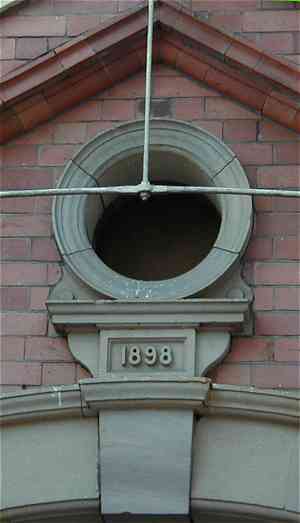
Loughborough Central station detail.
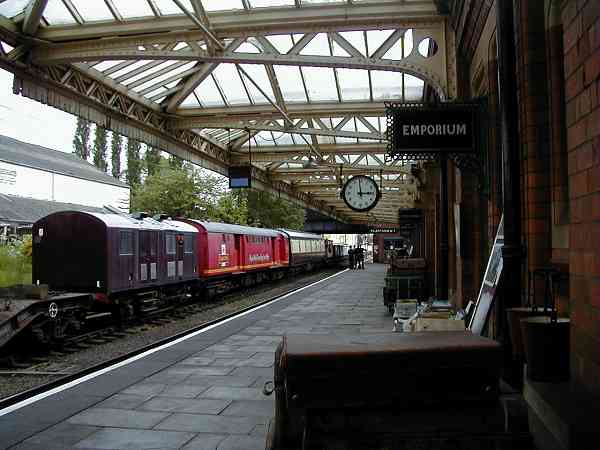
Loughborough station, the great canopy.
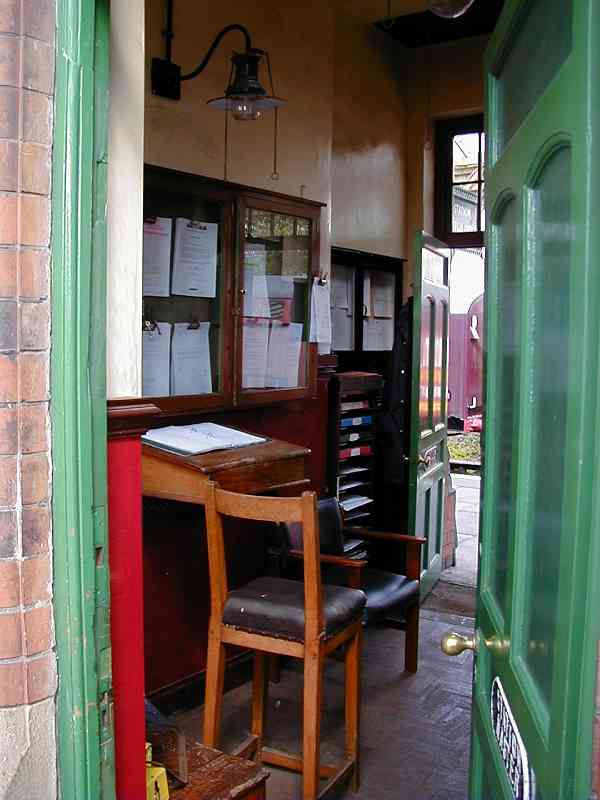
Loughborough station, the station master's office.

Loughborough station, 63601 gets ready to depart.
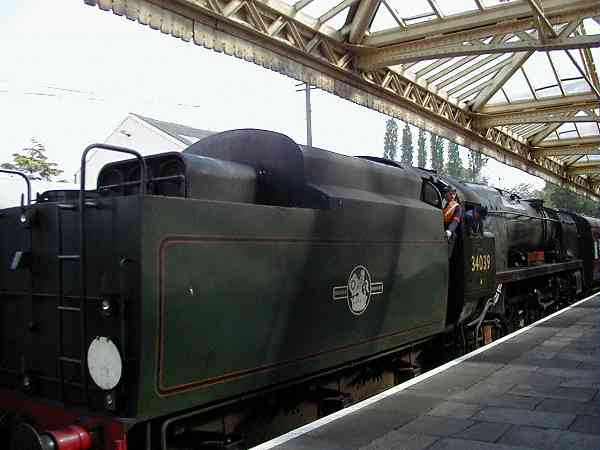
Loughborough station, 34039 arrives.
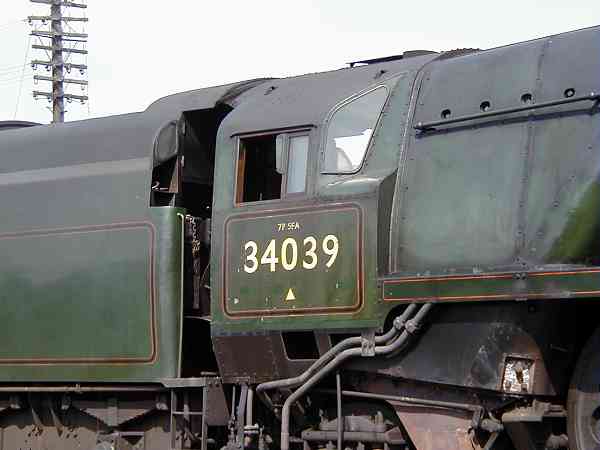
Loughborough station, 34039 closeup of cab.
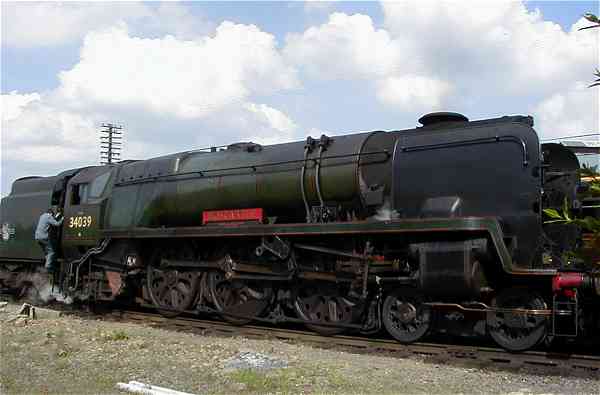
Loughborough station, 34039, Boscastle, waiting to return to the engine sheds.
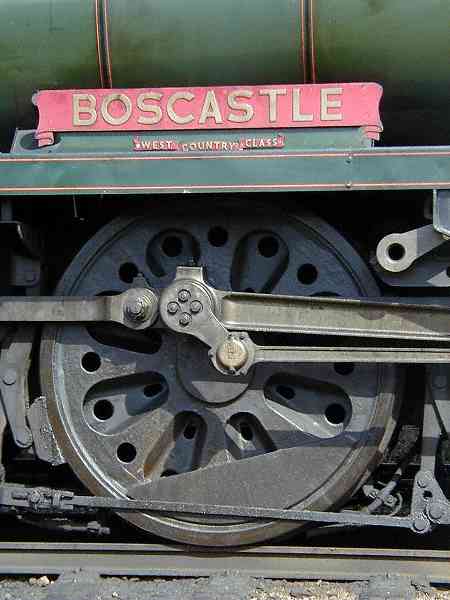
Loughborough station, closeup of 34039, Boscastle, West Country Class.

Loughborough station, and ready to depart.
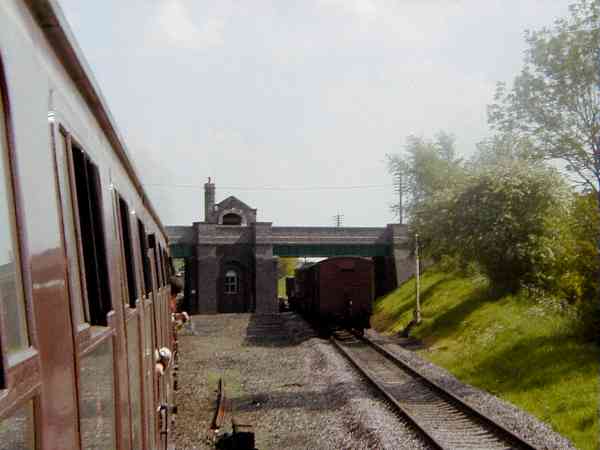
Arriving back at Quorn & Woodhouse, note the twin track and the
characteristic back of a GCR rural island station.
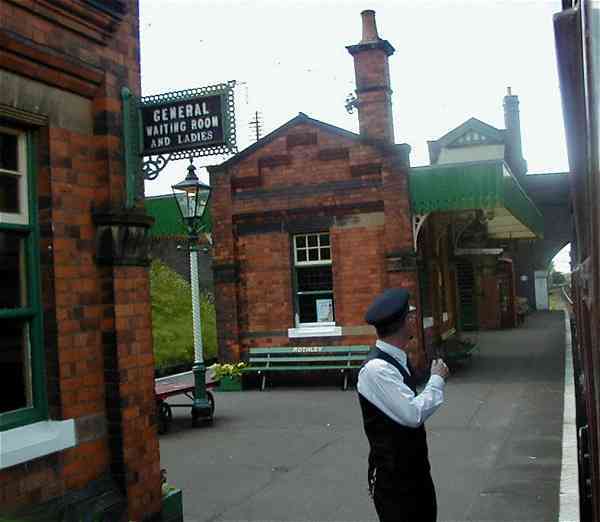
We arrive at Rothley station.
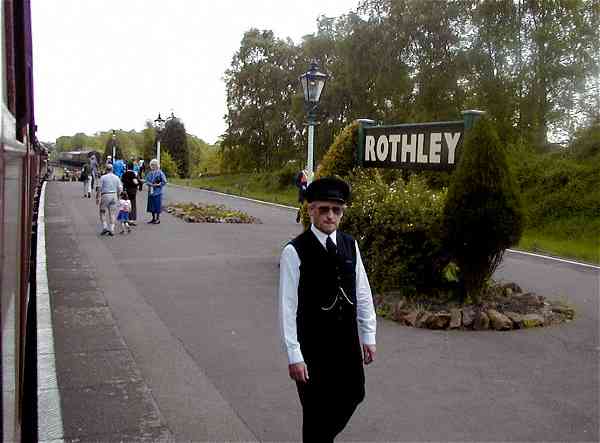
View of the Island platform at Rothley.
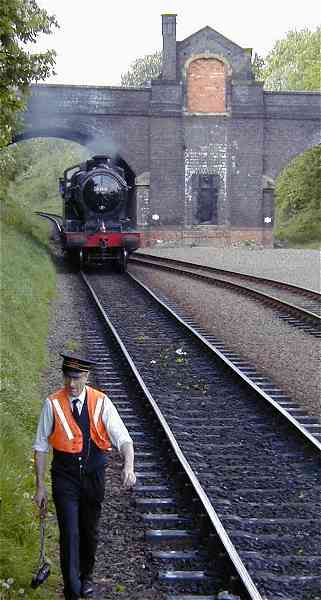
North Leicester, and guard returning after changing the points for the 'run around' of 63601
Note the remains on the bridge of the demolished Belgrave & Birstall station.
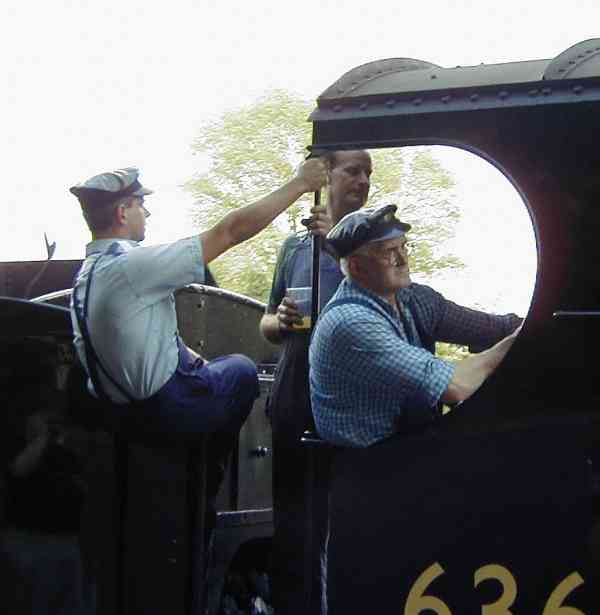
North Leicester; the crew of the 63601.
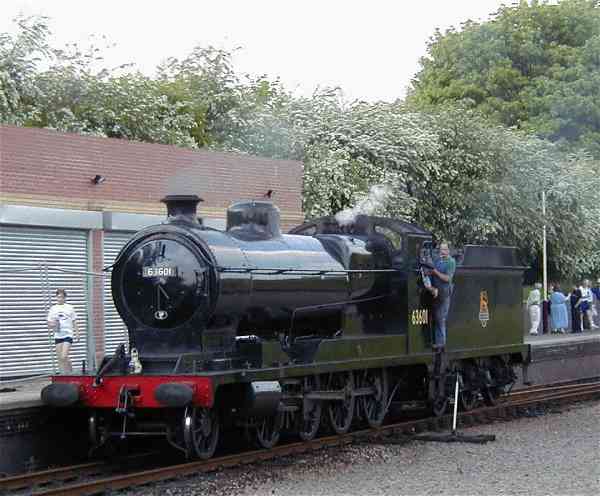
63601 at North Leicester.
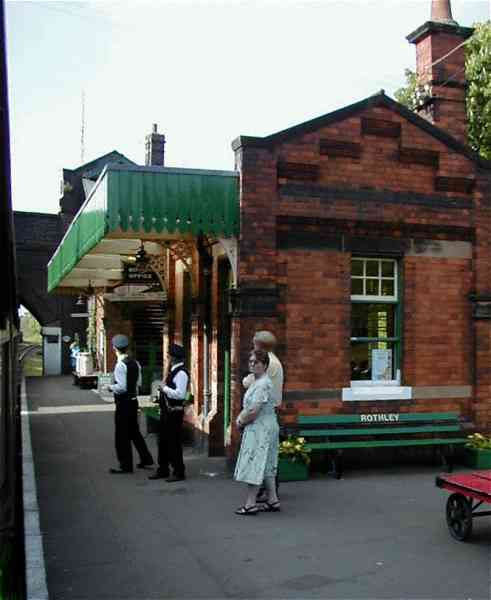
Return to Rothley.

Crossing Swithland Reservoir, which had to be drained to build the line!
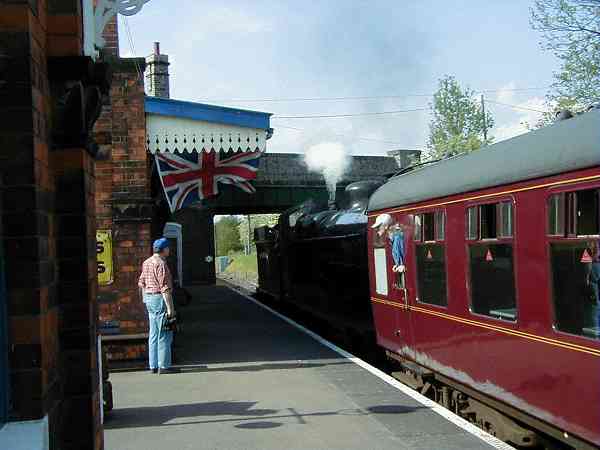
Final return to Quorn & Woodhouse.
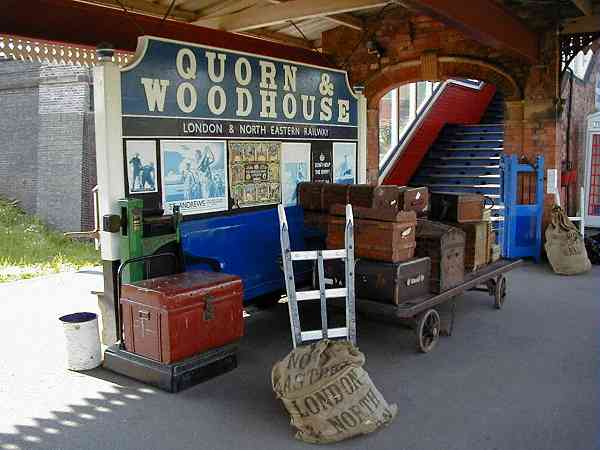
Period luggage by the Quorn & Woodhouse station sign.
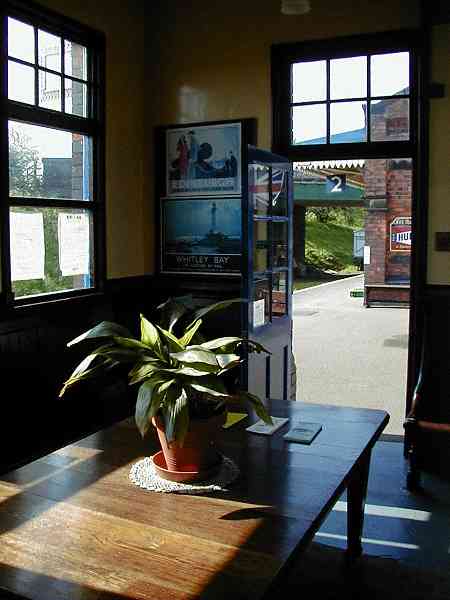
Quorn & Woodhouse General Waiting room.
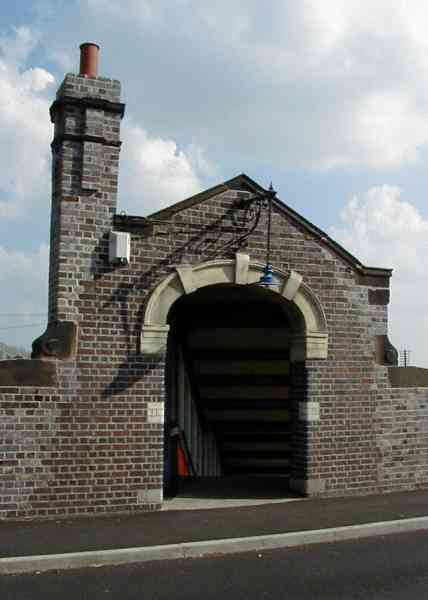
Entrance to Quorn & Woodhouse station from the bridge.
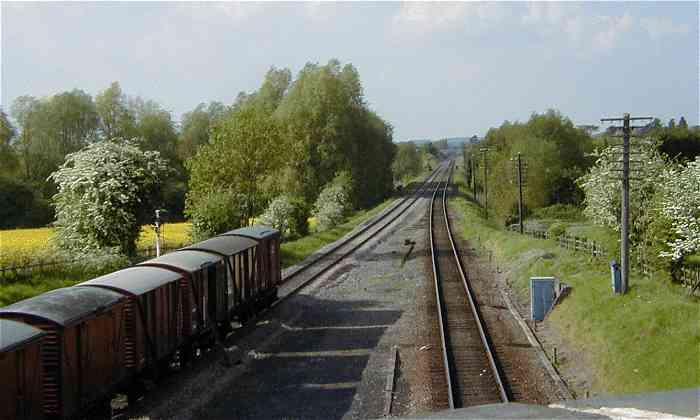
Our final view of the GCR from the bridge at Quorn & Woodhouse station,
with the twin track stretching off into the distance!
All images Copyright Dr. Colin F. Parsons, May 2000